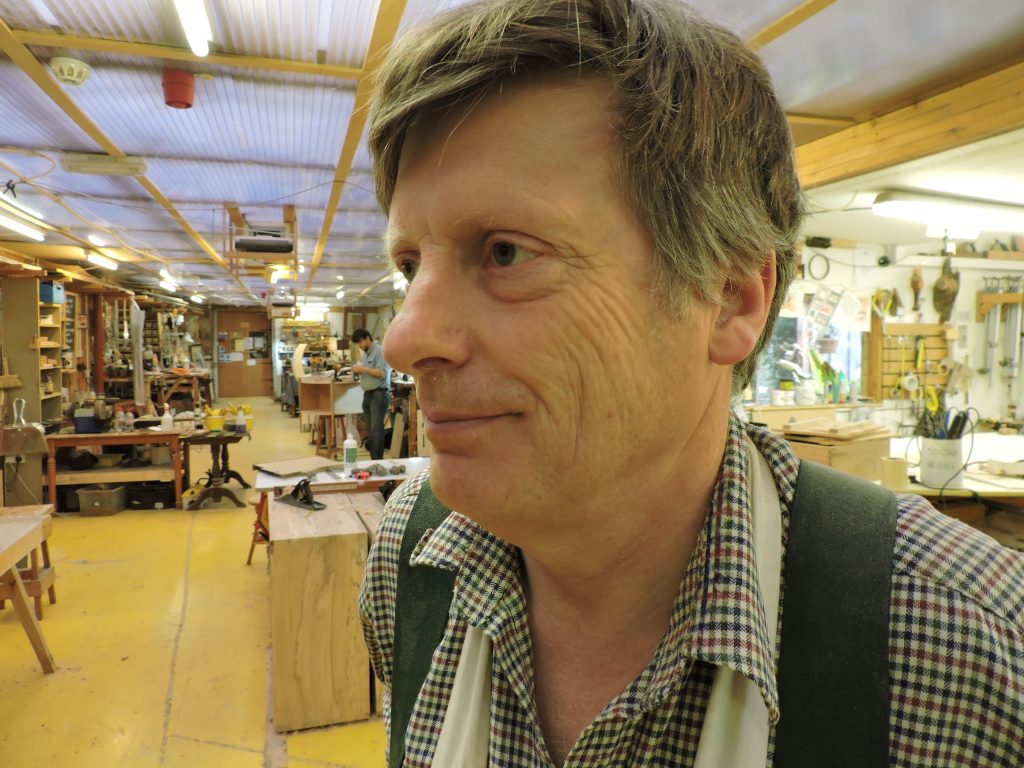Anselm Fraser, principal
All of us involved in woodworking, either as professional designers, makers or teachers, love the whole business of working with wood.
But few of us bother to consider why we like woodworking so much.
So I was intrigued by a book Flow: The Psychology of the Optimal Experience by University of Chicago psychologist Mihaly Csikszentmihalyi.
In it, he describes what he terms as “elements of enjoyment” which include such things as the challenge involved, the merger of action and awareness, setting clear goals, the degree of concentration, and an altered sense of time.
The psychology bit is that today’s society is primarily focused on money and what money can buy. The process of making something, whether that’s painting a picture or making a chest of drawers, doesn’t carry the same value.
What we’ve forgotten is that there is a personal and mental value in the making of things, because it gives us personal fulfillment which, in turn, promotes mental well-being. Making things involves the elements of enjoyment that are so important to us mentally.
In today’s world, dominated by smartphones and tablets, and in which we buy almost everything we need, we no longer do those creative things that provide pleasure, meaning and pride.
The fact is that making things improves psychological well-being and research shows that activities such as woodworking are useful for decreasing stress, relieving anxiety and modifying depression.
Therefore, he concludes, doing something creative and practical can be a natural antidepressant.
I’ve always instinctively known that and, as a teacher, one of my great privileges is to pass that understanding onto others.
